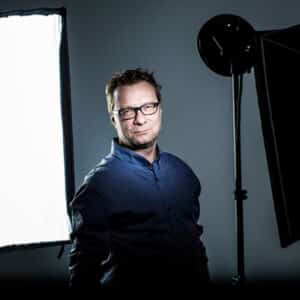Ski photography is not an easy specialty: snow glare or, worse, a whiteout can make light tricky to manage. This is a job for an expert. Some follow any of the various Olympic disciplines all year round: image hunters buried in the snow, resistant to...



